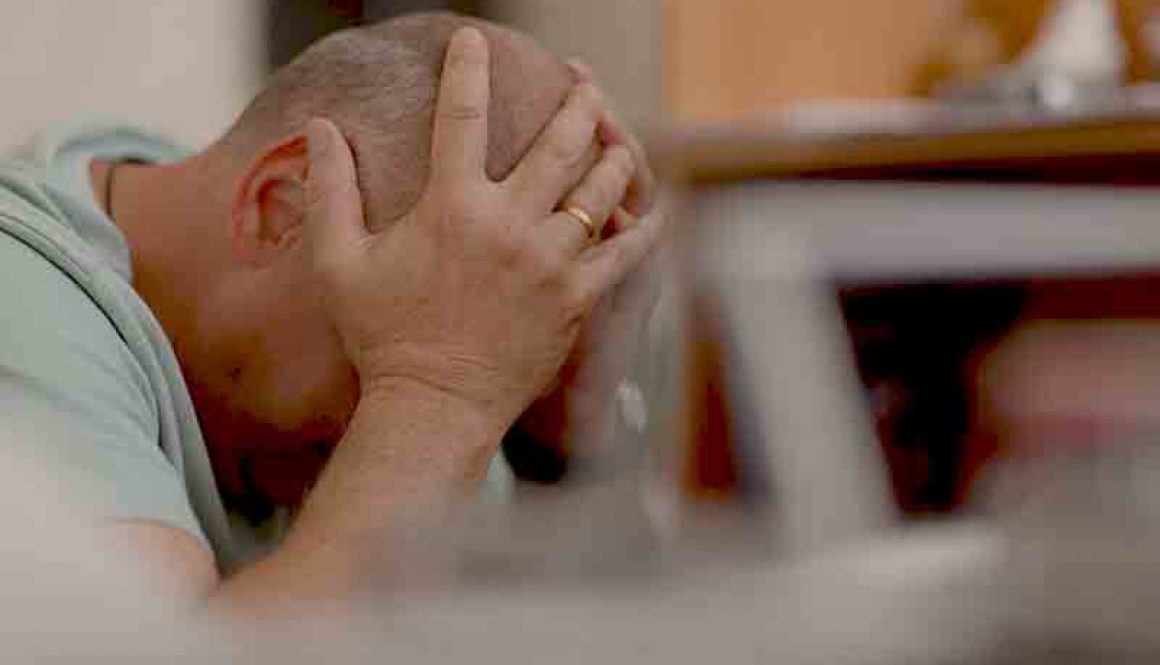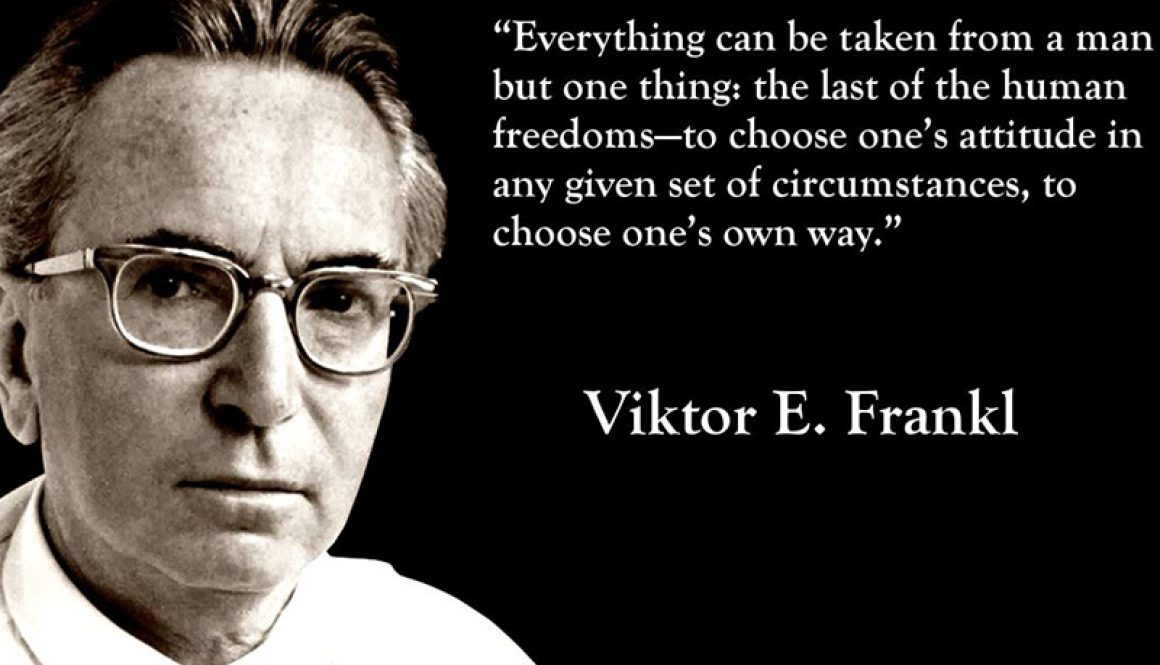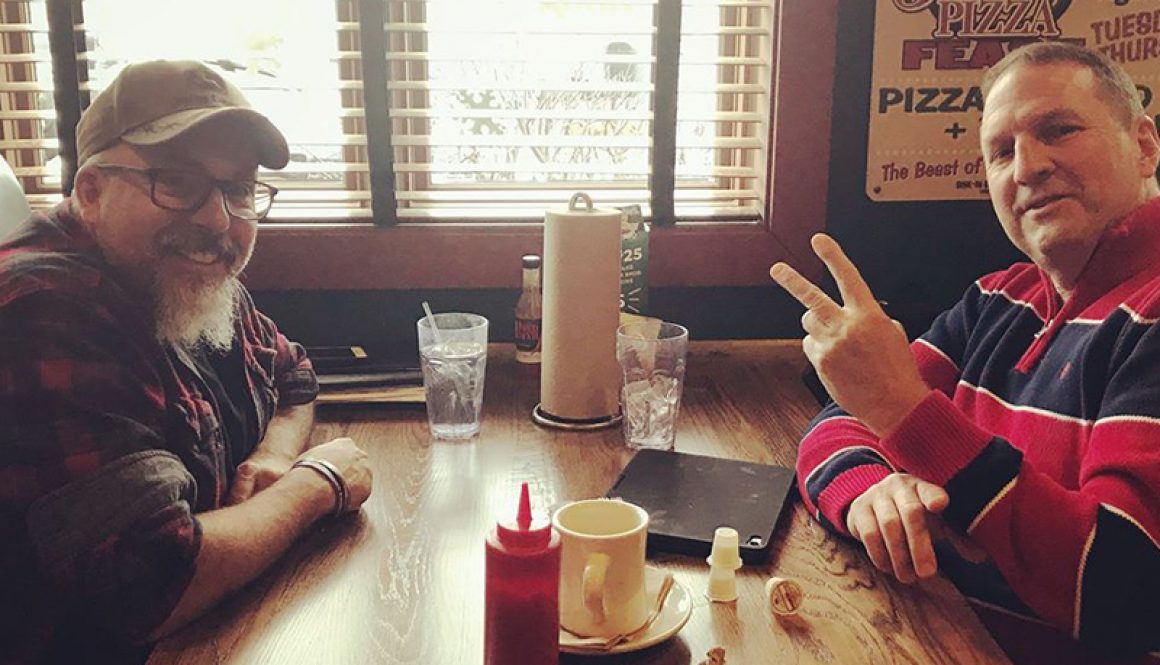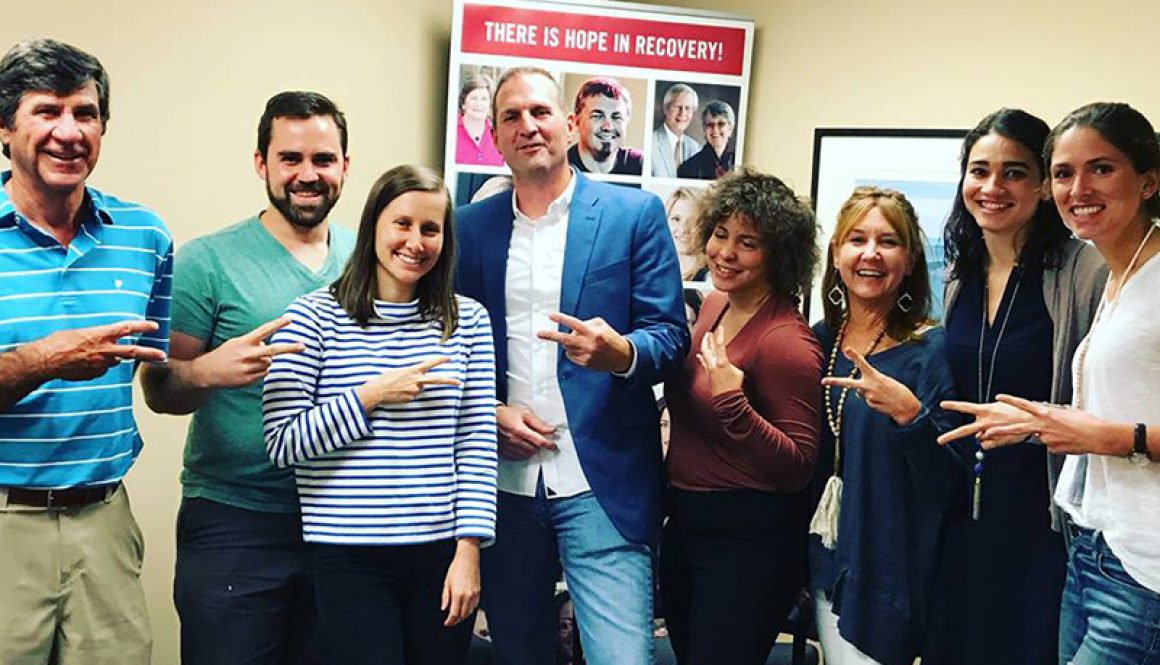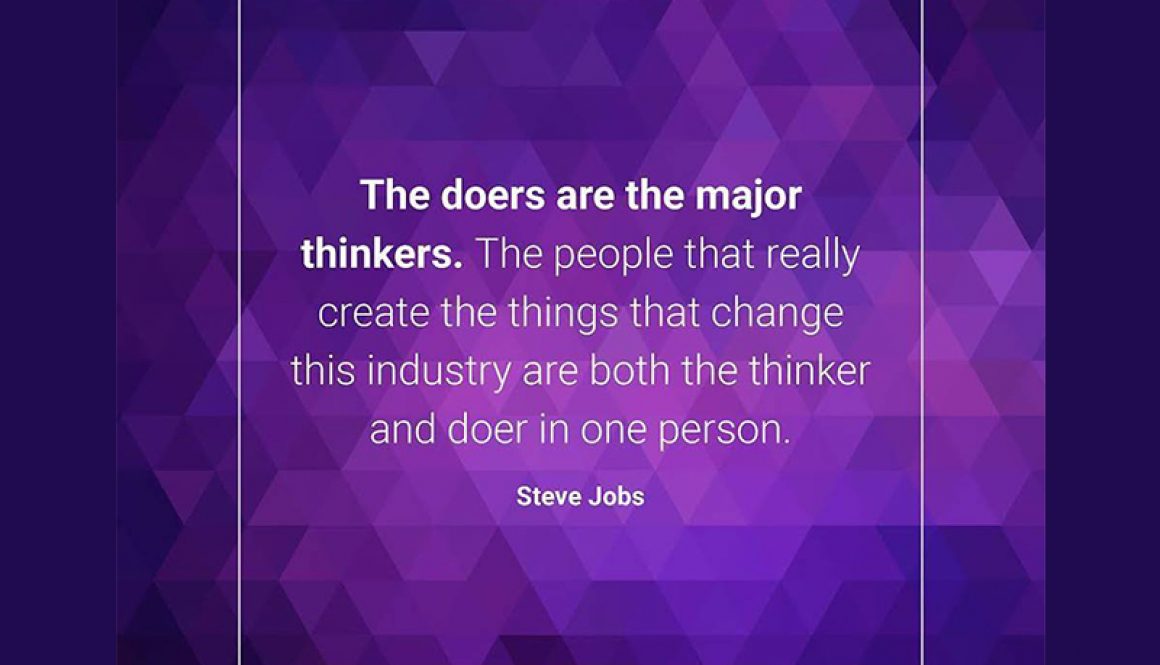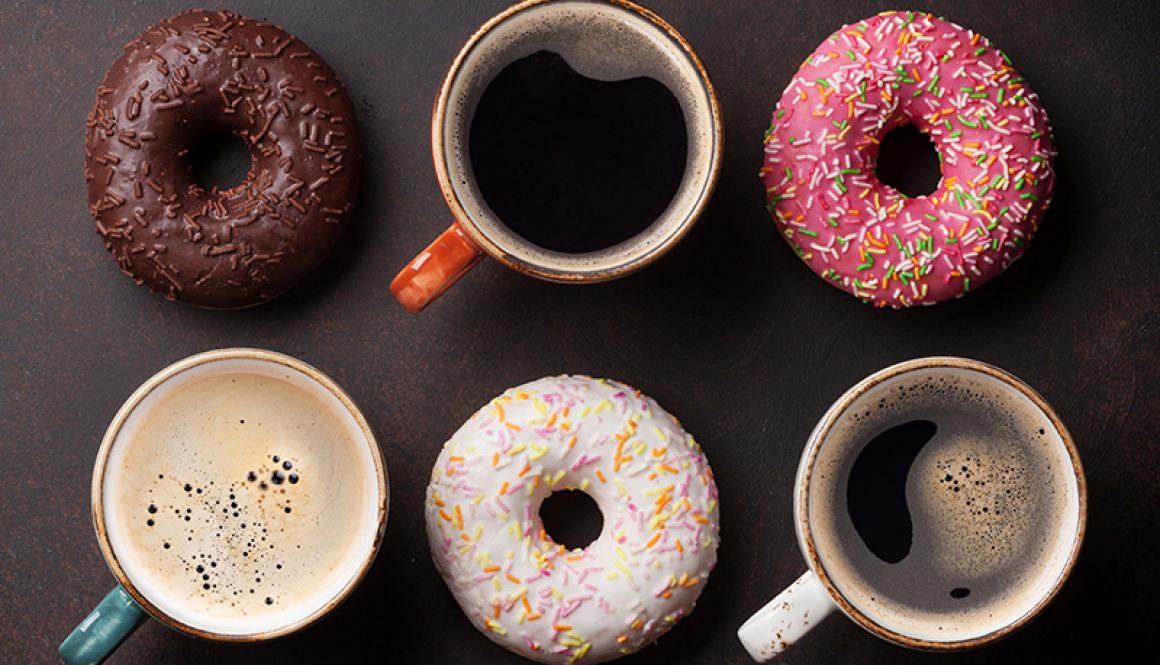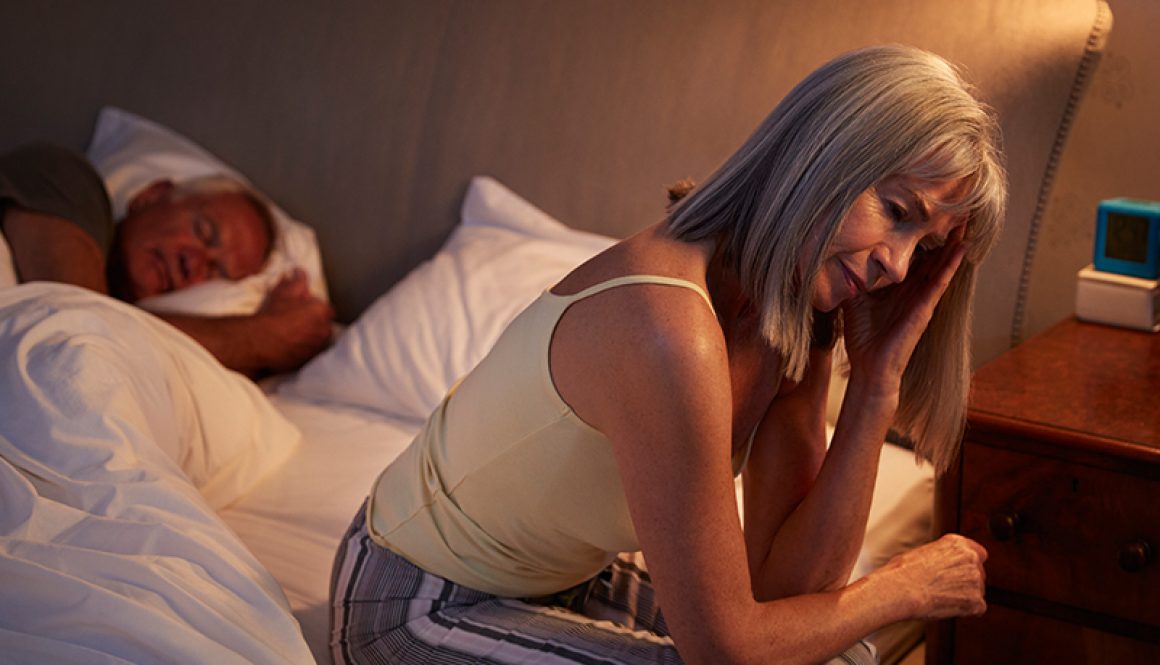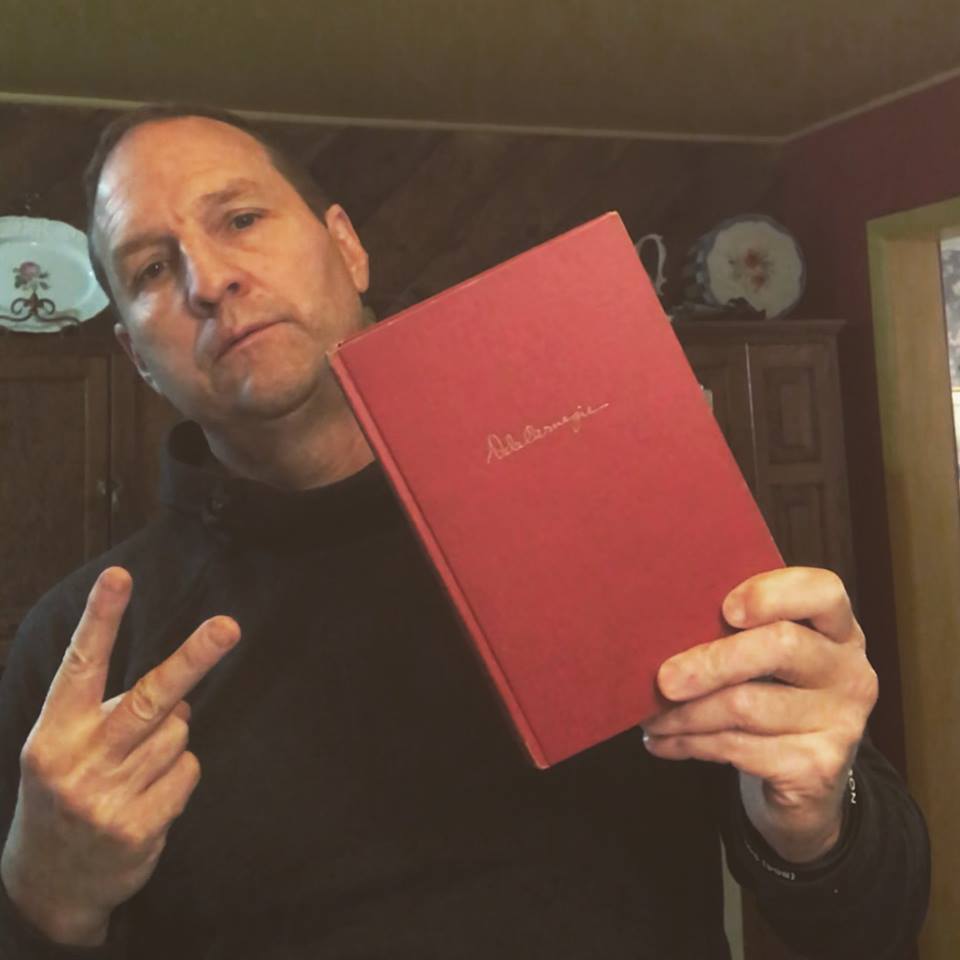I WAS A COVID-19 DENIER – DON’T BE LIKE ME!
MY SON IS MORE IMPORTANT THAN THE ECONOMY
– KEEP IT CLOSED!!!
In the spirit of full transparency: I was a COVID-19 denier at the beginning of the COVID news cycle.
I said stupid things about “over-reaction”. I made dumb comments about toilet paper hoarders.
Now I know what it’s like to be a grade A 100% “coronavirus clown”.
However, it quickly became apparent to me how wrong I was. I apologize for being one of the useful idiots.
I’m glad I was able to get back on track in a relatively short period of time. I would like to thank the lovely Mrs. Jones for her help in “waking me up”!
ONE OTHER THING BEFORE WE GET STARTED:
If you disagree with me, you can’t write me off as a “socialistic” loser who is just trying to live off the government.
I’m as free-market, capitalistic, meritocratic as it gets.
I own businesses that will suffer as a result of the shut-down.
The social justice warriors do not like me. I’m one of the evil capitalists. And I say: KEEP IT CLOSED.
MY SON AIDEN
In the fall of 2018 my son Aiden, was hospitalized due to a respiratory issue.
I won’t get into the details. The bottom line was 4 days in ICU in a “drug induced coma” with a “breathing tube”.
I thank God every day that he got through that.
However, he was hospitalized again in December of 2018 for the same issue. This is called a “pre-existing condition”.
COVID-19 has me losing my shit.
- I’m not sleeping well.
- I become preoccupied with my family’s health nearly every night.
- I’m not in a great frame of mind throughout the day.
COME ON RICH
If you say “Come on Rich, you are making a big deal out nothing”, it will engender a strong desire within me to react in an aggressive manner.
However, I will not do that, because I am gentleman. I don’t believe in violence.
One thing I know for sure though. If you make those “just chill out” type comments, you are the one who is mentally unstable; not me
One thing I know for sure. If you make those “just chill out” type comments, you are the one who is mentally unstable; not me.
MENTAL HEALTH EXAM
Mental Health Status Exam and Affect Appropriate to Situation. It is common practice in mental health settings to conduct a mental health status exam.
During the exam, the practitioner will assess multiple dimensions of mental and emotional health.
Including a category labeled “mood and affect”.
“Affect” is the patient’s immediate expression of emotion; mood refers to the more sustained emotional makeup of the patient’s personality.
Patients display a range of affect that may be described as broad, restricted, labile, or flat.
Affect is inappropriate when there is no consonance between what the patient is experiencing or describing and the emotion he is showing at the same time (e.g., laughing when relating the recent death of a loved one).
Both affect and mood can be described as dysphoric (depression, anxiety, guilt), euthymic (normal), or euphoric). (David Martin, Clinical Methods, the History, Physical and Laboratory Examinations, 3rd Edition).
Therefore, you can complete a mental health status exam on a person who is visibly upset, worried, angry etc… and conclude that they are “normal”.
NORMAL
There are multiple ways to describe these “normal” results of the mental status exam:
Affect appropriate to situation (something bad happened and you should be upset).
Mood and affect within normal range (your affect/mood is similar to most other people dealing with this type of issue).
The inverse is true as well.
NOT NORMAL
If you are NOT upset or worried or angry etc…when most people would be upset or worried or angry… you may be experiencing a “pathological state”.
Let’s just talk straight: If you think COVID-19 is no big deal.
If you think people are over-reacting.
If you think people are “just afraid and worried for no reason”.
YOU MIGHT BE THE ONE WITH THE MENTAL HEALTH PROBLEM. Not the other way around.
Anxiety, worry and fear ARE NOT DISORDERS.
BREAKING COVID-19 WORRY
There was little scientific “evidence” included in Pastor James Gordon Gilkey’s classic book: How to Master Life.
The book was basically a compilation of Gilkey’s personal philosophy, self-help advice, and anecdotes.
He wrote about his take on the world. He also gathered compelling observations from other people.
It was the 1930’s and the “self help industry“ was just getting started.
In the chapter entitled “Breaking the Grip of Worry” he writes about a “table” that someone developed.
This “table” has been attributed to Mark Twain-although no one is 100% sure if that is where it originated.
WORRIES & FEARS
The purpose of the table is to categorize worries.
Interestingly, this taxonomy of worry was widely endorsed and validated by readers at that time.
Picture a collective, head nodding, “I can relate”, type response.
To summarize what Gilkey wrote:
This man (presumably Mark Twain) had monitored his worries and fears.
He had written them down and after a period of time he came up with the following distribution of worry and fear:
- Worry about disasters, which never actually happened. About 40% of the anxieties.
- Worries about past decisions/mistakes. Things that you cannot control. About 30% of anxieties.
- Worries about possible sickness or “possible nervous breakdown”. But they never happened. About 12% of worries.
- Worries about family (especially children), friends. About 10% of my worries.
- Worries that have a real foundation. Possibly 8% of the total. (Legitimate concerns; real threats).
- Worries that have a “real foundation” are not worries.
YOU SHOULD BE WORRIED
They are fears, and they are legitimate fears.
Anxiety, worry, and fear serve a purpose.
They are not pathological, “diagnosable” or disordered.
They are not “clinically significant” unless they reach a very specific level. See DSM-V criteria for generalized anxiety disorder as an example.
If you are worried about COVID-19, and all the associated issues, it’s because YOU SHOULD BE WORRIED.
HAVE A COVID-19 PLAN
However, you do not have to act on the worry.
You do not have to be controlled by the worry. Also, you can move forward with confidence and still be worried.
You should develop a personal plan of action to deal with these challenging times AND you should work that plan.
But go ahead and worry. Go ahead and feel fear.
Courage equals performing your day to day duties in the face of fear.
You are courageous.

